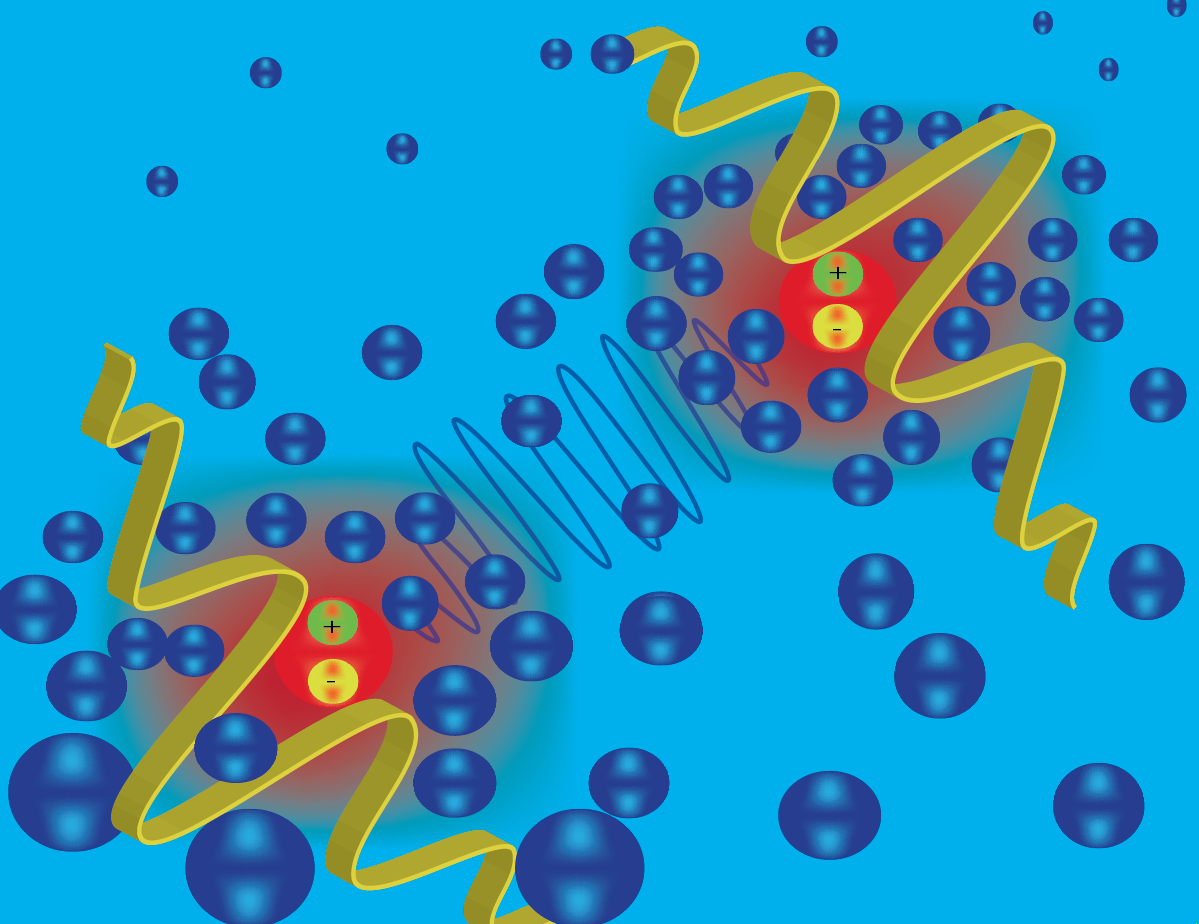A project by Georg Bruun, IFA for realising strong photon-photon interactions with exciton-polaritons obtains a fine grant
U.S. ARMY RDECOM has granted $ 300 000 for this project to study promising resonance effects between exciton-polaritons

Photons interact very weakly with each other - a fact that is vividly demonstrated by
our daily experience of light beams crossing each other unchanged. While this is useful for
many purposes, it is a major obstacle for realising all optical information processing devices,
which will offer unprecedented speed compared to present day electronic components.
In this project, the aim is to overcome this hurdle by exploiting an effect recently discovered
by the PI Georg Bruun. The specic idea is to create two different kinds of so-called exciton-polaritons
in a two-dimensional (2D) semiconductor coupled to laser light. Exciton-polaritons are
quasiparticles consisting of a coherent superposition of an exciton and a photon, and since
excitons interact with each other it leads to an interaction between their photonic components.
This direct interaction is however far too weak for realising photonic information
technology components. The key step is to exploit a resonance effect to make an indirect
(induced) interaction between exciton-polaritons of one kind, mediated by a Bose-Einstein
condensate (BEC) of exctiton-polaritons of another kind, very strong. Such an effect was
indeed recently shown to exist by Georg Bruun and his co-workers in a closely related system consisting of two impurity atoms in an atomic BEC.
